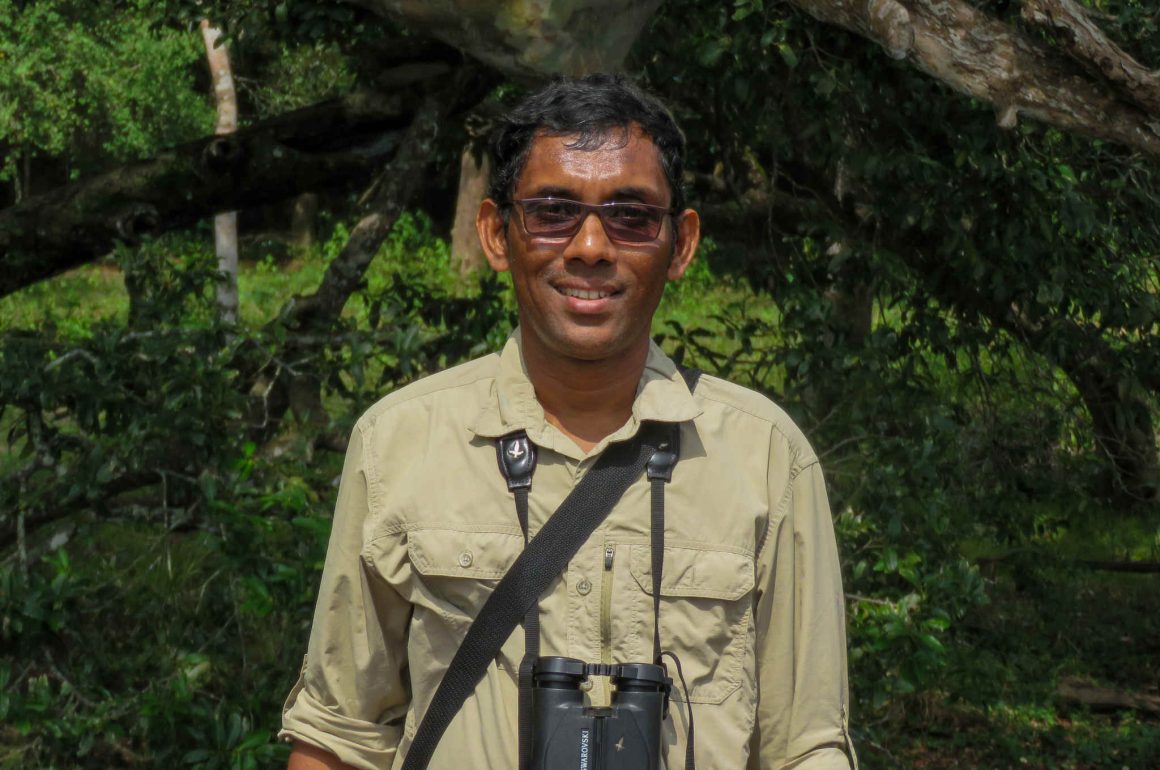
What is your favorite bird species?
Orange-breasted Green-Pigeon & Sri Lanka Green-Pigeon. I appreciate both species.
What is your name, and where do you live?
My name is Susantha Weerappuli & I’m from Sri Lanka.
Chestnut-backed Owlet
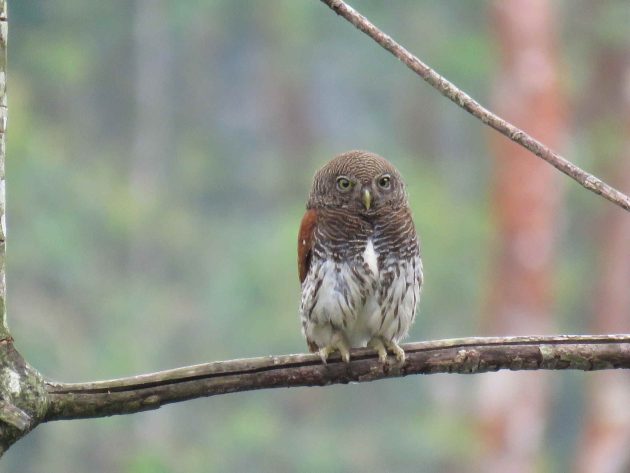
What are the main regions or locations you cover as a bird guide?
I offer bird guiding services across the entire island.
How long have you been a bird guide?
I have been working as a bird guide for over thirty years.
Sri Lanka Whistling Thrush
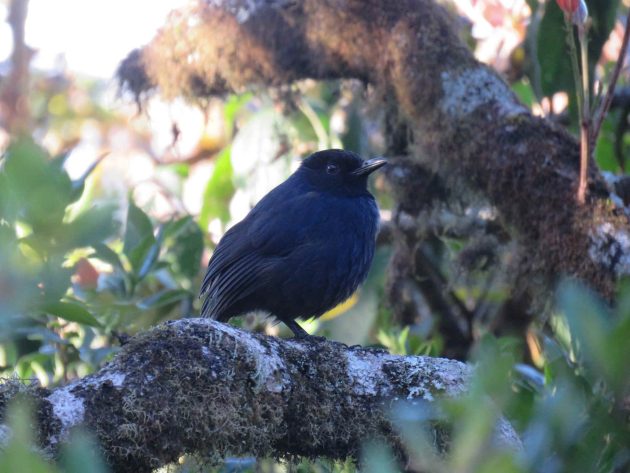
How did you get into bird guiding?
I was born & raised in the countryside and had the opportunity to work in the National Parks as a park guide at an early stage, where I developed my interest and passion for birdwatching.
What are the aspects of being a bird guide that you like best? Which aspects do you dislike most?
It is always a great joy for me to find rare species & share those sightings with my clients while also photographing both common & rare birds in a variety of postures. I do not have that many dislikes.
What are the top 5-10 birds in your region that are the most interesting for visiting birders?
Although Sri Lanka is a small island, it is home to 35 species of endemic birds, some of which are also endangered. I believe species such as the Serendib Scops-Owl, Sri Lanka Whistling-Thrush, Sri Lanka Thrush, Red-faced Malkoha, Green-billed Coucal, along with many other endemic species and rare migrants like the Pied Thrush and Kashmir Flycatcher, would be highly sought after by serious birding enthusiasts visiting Sri Lanka.
Red-faced Malkoha
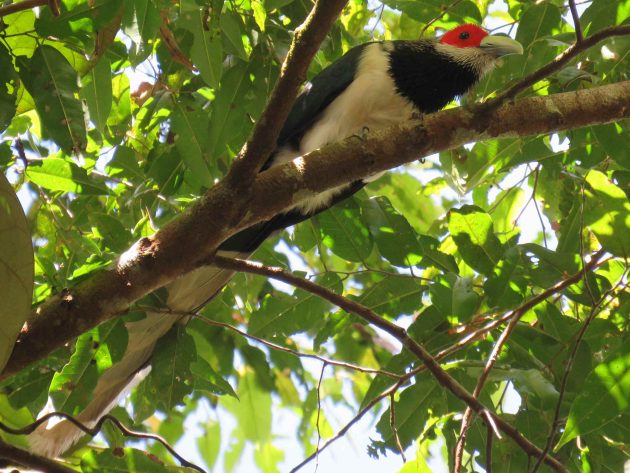
Can you outline at least one typical birdwatching trip in your area? Please briefly describe the locations, the key birds, and the approximate duration of such a trip
The following trip would be the most popular birding itinerary in Sri Lanka as it is mainly designed to cover the Endemic species and the rare migrants over wintering in Sri Lanka.
Day 01 / 02. Kitulgala – Makandawa Forest Reserve & the adjacent village.
This is a secondary rain forest patch located along one of the main rivers, “Kelani,” in the southwest of Sri Lanka.
Key species: Sri Lanka Junglefowl, Chestnut-backed Owlet, Sri Lanka Green Pigeon, Brown-capped Babbler, Spot-winged Thrush, Green-billed Coucal, Crimson-backed Flameback, Red-backed Flameback, Serendib Scops-Owl, Sri Lanka Bay-Owl, Sri Lanka Gray Hornbill, Black-backed Dwarf-Kingfisher, Sri Lanka Myna, Sri Lanka Blue Magpie, and Sri Lanka Spurfowl.
Sri Lanka Blue Magpie
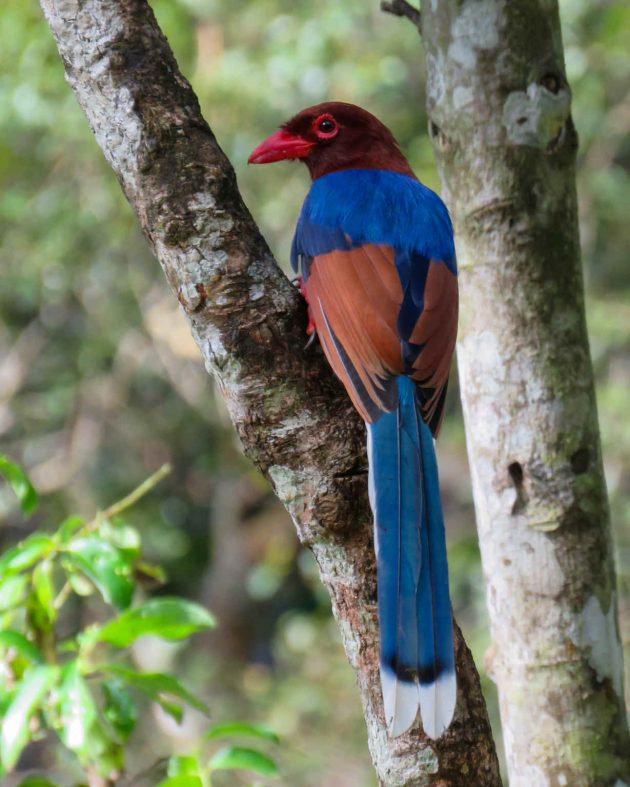
Day 03 / 04. Nuwaraeliya – Horton Plains National Park & Victoria Park.
Horton Plain National Park is located in the highest elevations of Sri Lanka, which is around 2300msl and home to a number of endemic species restricted to the higher elevations.
Key species: Sri Lanka Whistling-Thrush, Sri Lanka Bush Warbler, Sri Lanka Wood-Pigeon, Dull-blue Flycatcher, Yellow-eared Bulbul, Indian Blackbird, Hill Swallow, Pied Bushchat, and Sri Lanka Scimitar Babbler.
Victoria Park is located in the middle of Nuwaraeliya Town, and it attracts some North Indian winter visitors during the Northern Winter.
Key species: Kashmir Flycatcher, Pied Thrush, Dull-blue Flycatcher, Sri Lanka White-eye, Yellow-eared Bulbul, Indian Pitta, and Indian Blue Robin.
Pied Thrush
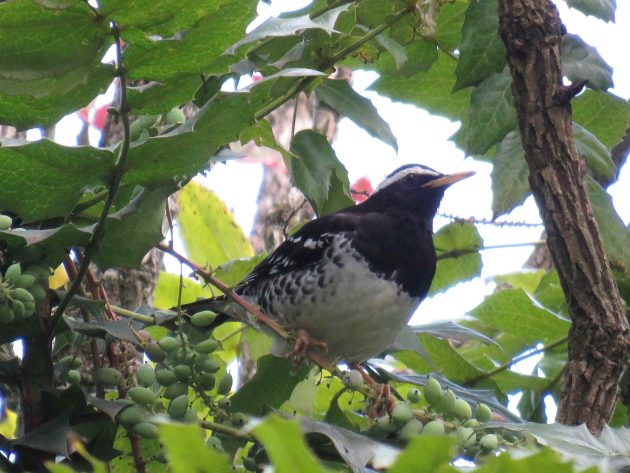
Day. 05 / 06 / 07 / 08 – Tissamaharama. – Yala, Galge & Bundala National Parks.
These three national parks are located in the southern dry lowlands. Dry zone forest birds are the highlights there. Additionally, being a Ramsar Wetland, Bundala National Park provides habitats for hundreds of waders, terns, and passerines over wintering during the Northern Winter.
Key species: Sri Lanka Woodshrike, Sri Lanka Swallow, Sri Lankan Shama, Blue-faced Malkoha, Sirkeer Malkoha, Barred Buttonquail, Malabar Pied-Hornbill, Indian Thick-knee, Great Thick-knee, Small Pratincole, Lesser Adjutant, Grey-headed Fish-Eagle, White-tailed Iora, Indian Nightjar, Orange-breasted Green-Pigeon, Pied Cuckoo, Watercock, Yellow Bittern, Indian Silverbill, Changeable Hawk-Eagle, Leopard & Sloth Bear.
Day 09. Udawalawe. – Udawalawe National Park.
Udawalawe National Park is again a dry zone forest full of passerines, raptors & Asian wild Elephants.
Day 10 / 11 / 12. – Sinharaja Forest Reserve
This is the stronghold of the endemic species & the last remaining primary lowland rainforest in Sri Lanka.
Key species: Sri Lanka Blue-Magpie, Sri Lanka Spurfowl, Serendib Scops-Owl, Chestnut-backed Owlet, Red-faced Malkoha, Sri Lanka Thrush, Ashy-headed Laughingthrush, Sri Lanka Drongo, Malabar Trogon, Sri Lanka Frogmouth, Spot-winged Thrush, White-faced Starling & many more species.
Serendib Scops-Owl
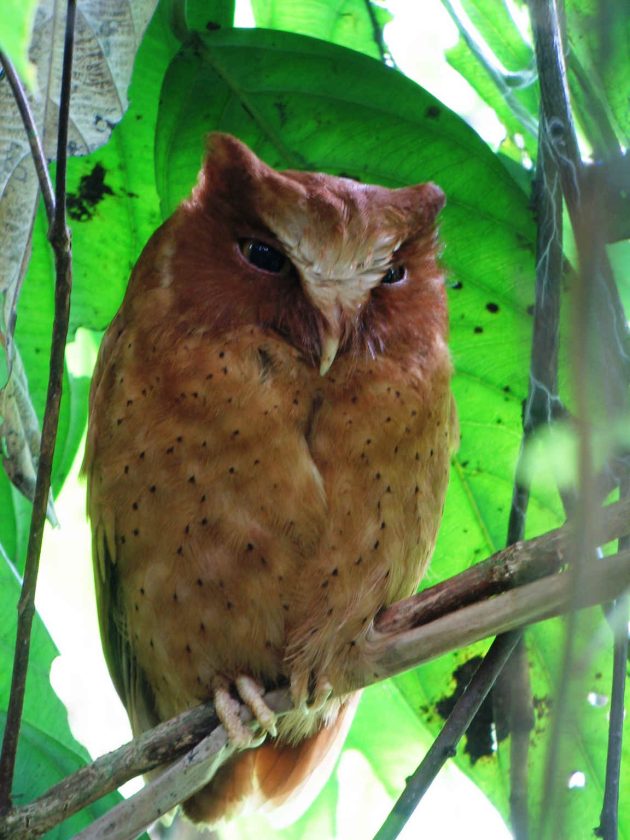
If any readers of 10,000 Birds are interested in birding with you, how can they best contact you?
Anyone can contact me through my website below,
Is there anything else you would like to share with the readers of 10,000 Birds?
I would like to invite the birdwatchers around the world to visit the paradise island of Sri Lanka for a memorable lifetime birdwatching experience.
Sri Lanka Thrush
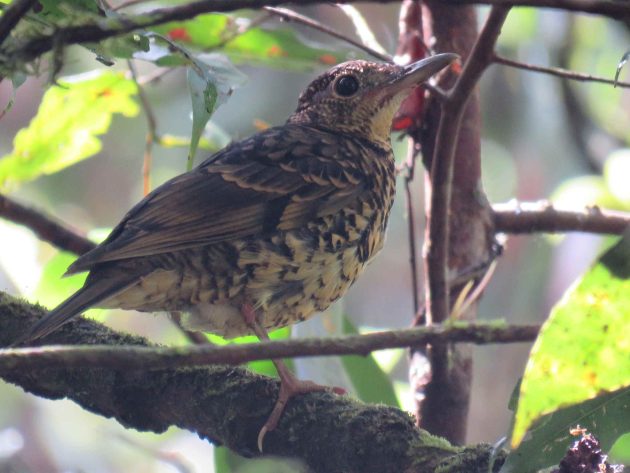

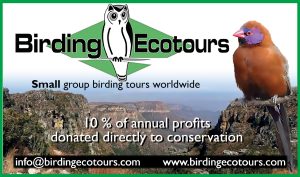
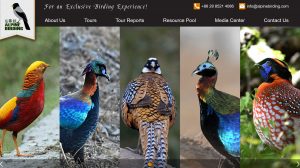
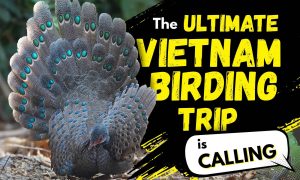
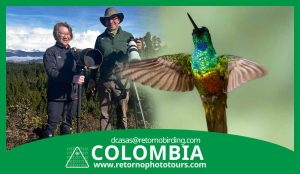
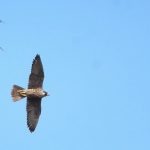
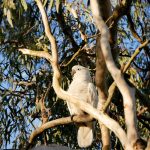
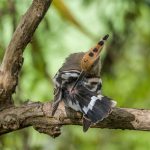
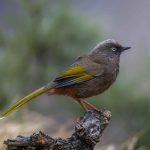


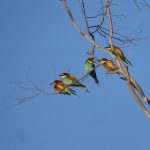
Leave a Comment